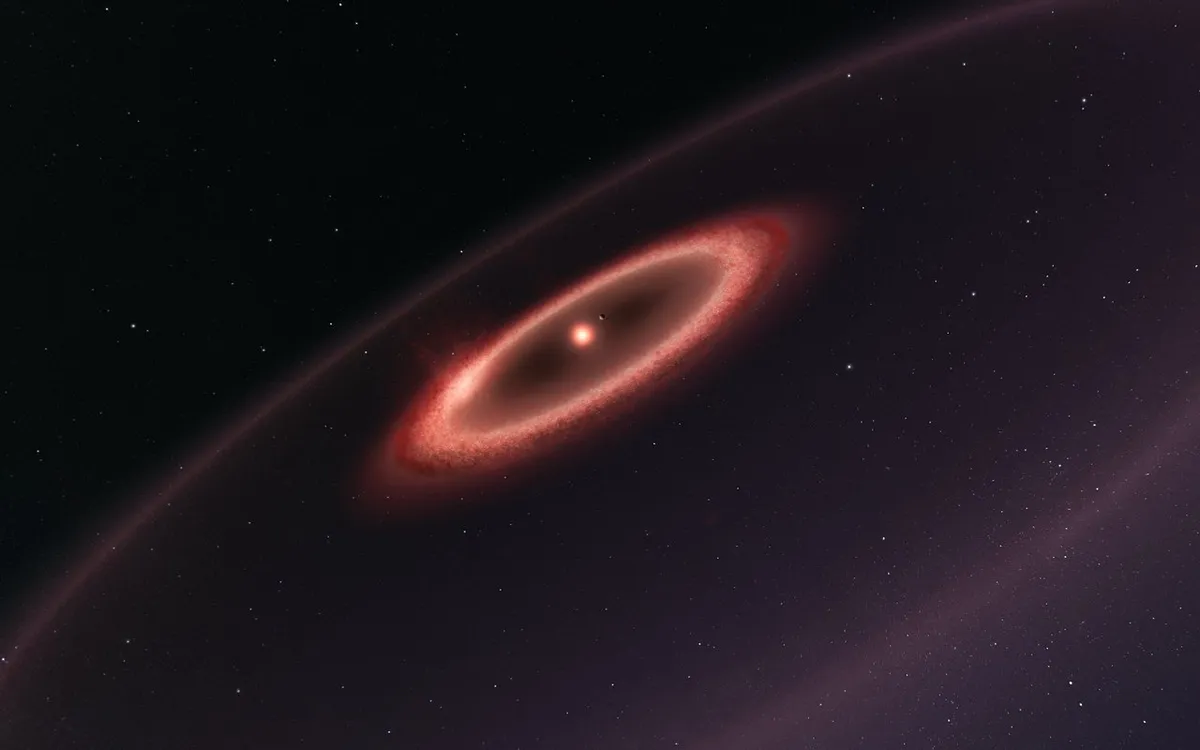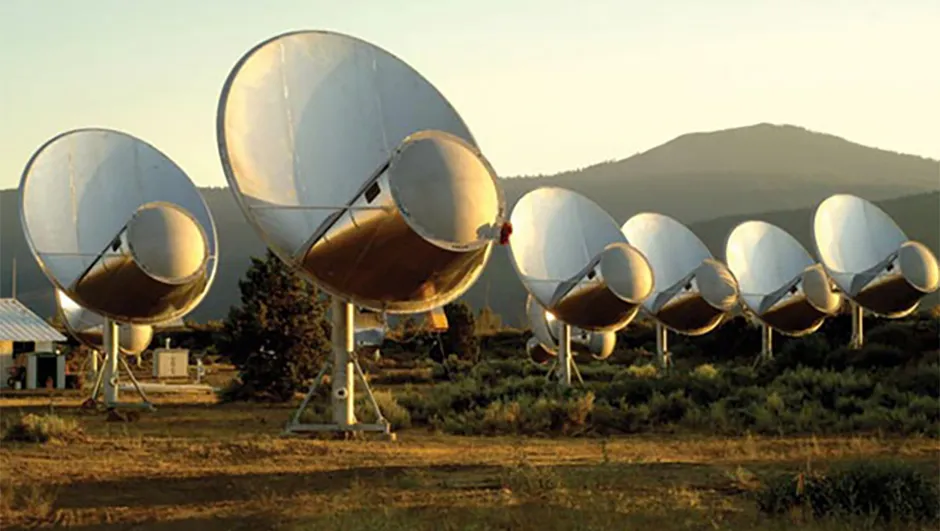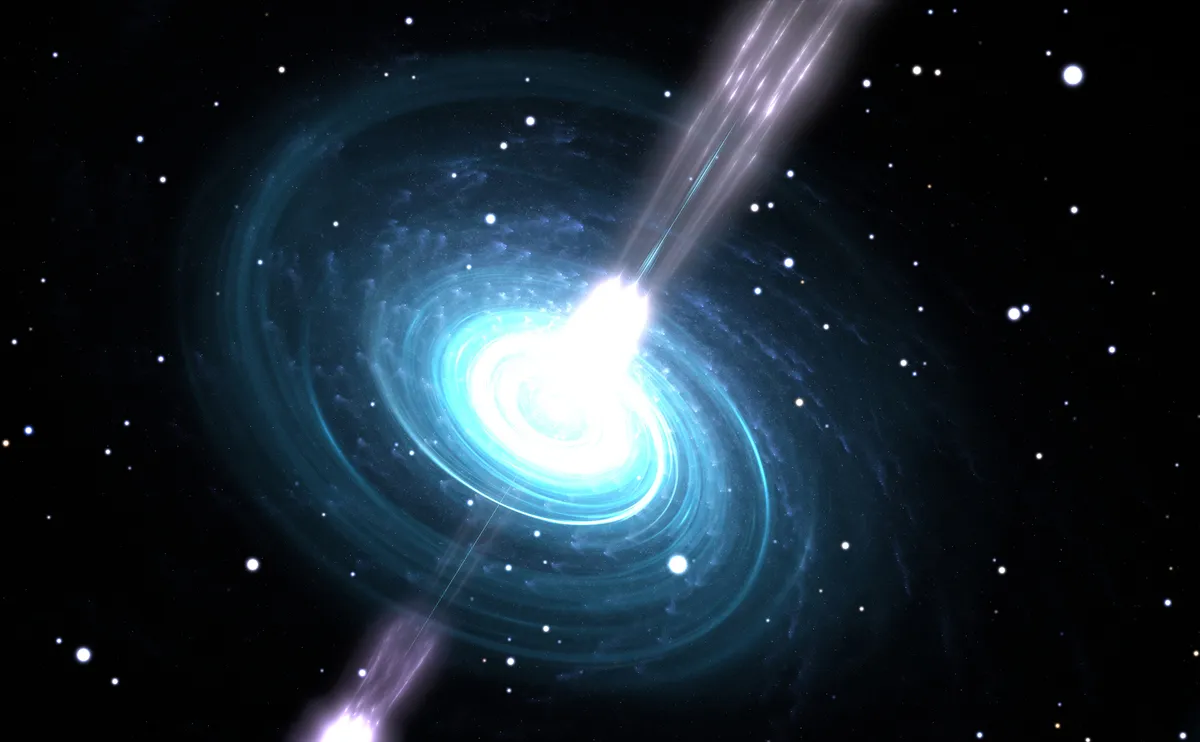It seems likely there is alien life out there, intelligent beings beyond Earth, simply because of the numbers.
Our Galaxy contains around 200 billion stars and now we are able to detect many of the exoplanets around them.
More on alien life

The desire to meet aliens has always been with me.
But the more learn about the Universe, the more I believe they are probably out there and the less I believe I'm likely to meet one.

Even if we assume there is on average one planet orbiting each of these stars, that means there are a whole heap of planets out there.
If we scale up to the Universe, we estimate there are at least 200 billion galaxies in the Universe, so the number of planets out there is mind boggling.
With so many planetary options available, it seems quite likely there is some form of life out there too.
Just follow the calculations of the Drake Equation and you'll see what I mean.
Could aliens visit planet Earth?

Ok, so we may be able to say it's likely there are aliens out there. But on the question of little green men visiting us from afar I am less convinced. The problem is that the Universe is very, very vast.
To travel from the Sun to the nearest star Proxima Centauri as fast as we can with current technology (Voyager speeds of 17.5km/s), the journey would take around 76,000 years.
If travelling to the nearest star is out of the question, couldn't we just send a message at the speed of light?
Our Galaxy is around 100,000 lightyears in diameter and our nearest star is 4.28 lightyears away, so conversation is likely to be slow.
If aliens were contacting us, how would we know?

But if aliens were trying to contact us, what would their signal look like? Well, it is likely to be in the form of radio waves.
We use these to send signals across the Solar System to communicate with our space probes, and these waves are relatively undisturbed by interstellar dust and gas.
The signal would need to be a persistent one, and it would need to be structured so we can discern it from the naturally occurring radio noise that is out there.
These parameters could be the hallmarks of an alien communication.
The only problem is that we have detected this sort of signal before.
The first one was picked up by the amazing Dame Prof Jocelyn Bell Burnell when she was a PhD student in 1964.
It was a bit of an anomaly until she was able to detect others.

They turned out to be coming from pulsars, super-dense remnants of supernovae that send out beams of radio waves which sweep past our planet with incredibly accurate frequencies. Hence the pulse.
If our hallmark signature for alien communication can be met by a naturally occurring pulsar then what sort of signal should we be looking for?
One of the differences between a naturally occurring radio source and an artificial one is the range of frequencies it contains.
Natural signals tend to be broadband, whereas artificial ones usually have a much narrower spectrum.
Couple this with the fact that a signal coming from a planet in orbit about a star will have a Doppler shift as it moves towards us and away from us in its orbit round the star.
And there may be a number of ways to tell if the signal we are picking up is potentially intelligent life.
Life beyond Earth? Yay or nay? Let us know by emailing contactus@skyatnightmagazine.com
This article appeared in the April 2015 issue of BBC Sky at Night Magazine.

